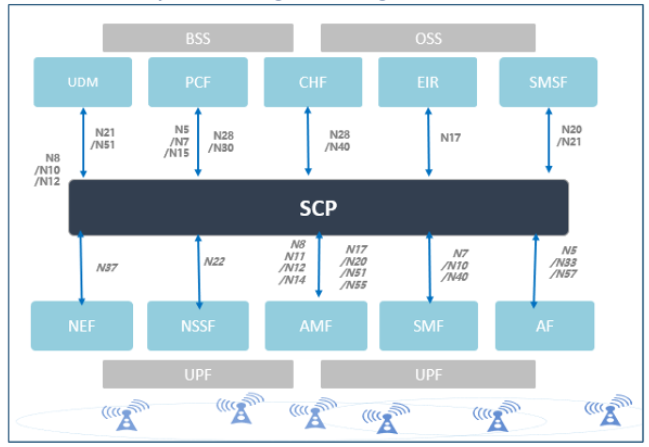The Service Communication Proxy (SCP) is a new HTTP/2-based network function enabling dynamic scaling and management of communication and services in the 5G network. The SCP has a role that in some ways can be compared with its predecessors, such as the Signaling Transfer Point (STP), the central signaling router used in 2G and 3G to route SS7 signaling messages, as well as the Diameter Signaling Controller (DSC) doing the same for Diameter messages in 4G.

A key difference with these legacy routers is that the SCP can be responsible to resolve Network Function (NF) discovery requests via communication with the Network Repository Function (NRF), and can initiate Domain Name Server (DNS A-record) IP address lookups to a DNS to locate every live instance for every available Network Function.
